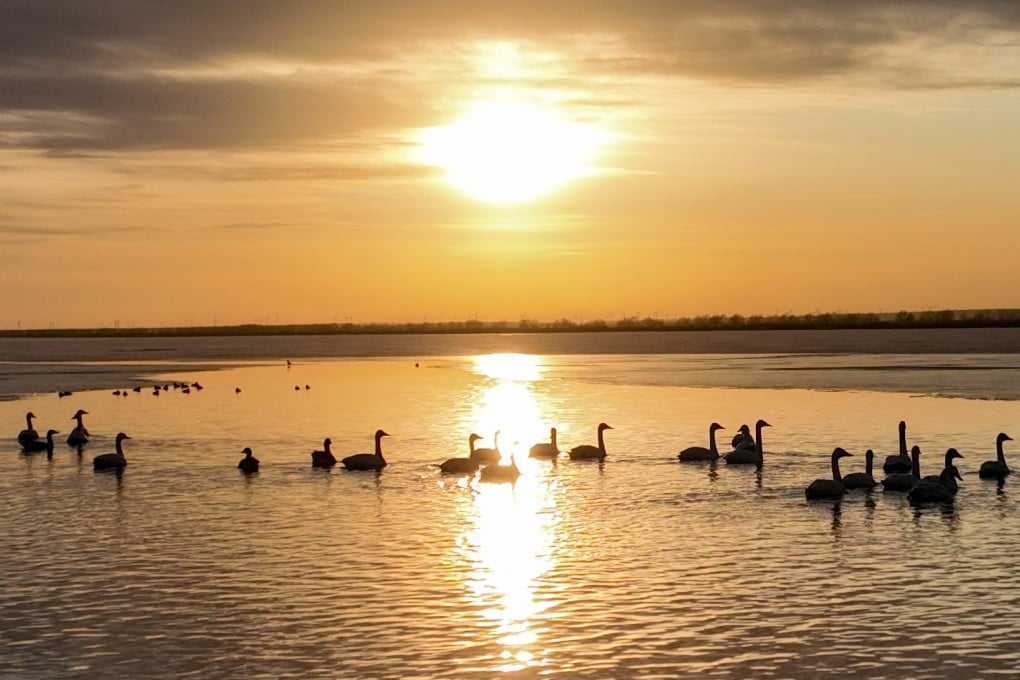Advertisement
Opinion | How Asia’s development push is driving migratory birds to extinction
- The flocks of migratory birds making their annual journey across East Asia are dwindling because of unchecked destruction of their wetland habitats
- Taking urgent action to preserve these wetlands from being overrun in the name of development will benefit not just bird populations but humans as well
Reading Time:4 minutes
Why you can trust SCMP
2

The skies over East Asia were once filled with the remarkable sights and sounds of millions of migratory birds making their annual journey between breeding and wintering grounds. Enormous flocks including shorebirds, cranes, geese and songbirds traverse the East Asian-Australasian Flyway, one of the world’s crucial bird migration routes, twice each year.
However, this spectacular natural phenomenon faces a significant decline. Evidence suggests a population drop of more than 42 per cent in waterbird species using the flyway. This alarming trend threatens the ecological balance and biodiversity of the region.
Many studies have closely examined migratory bird populations across this flyway. They have reported nothing short of a crisis – a catastrophic decline of migratory birds. Species such as the spoon-billed sandpiper saw a drop of 26 per cent between 2002 and 2009.
The most recent estimate is an 8 per cent annual reduction between 2014 and 2019. Over the past three generations, the reduction is suspected to have been 70-80 per cent. If we don’t take urgent action to protect these species and their habitats, the region’s skies could soon fall permanently silent.
These declines aren’t limited to shorebirds. The endangered yellow-breasted bunting, once one of the most abundant migratory songbirds in Asia with a population numbering in the hundreds of millions, has declined by 50-80 per cent in the last two decades.
Even birds such as the black-faced spoonbill, a conservation success story after being saved from the brink of extinction in the 1990s, are not entirely out of the woods. While their numbers have rebounded, the International Union for Conservation of Nature has listed them as endangered as a precaution because of the rapid population decline expected over the next three generations.
Advertisement
